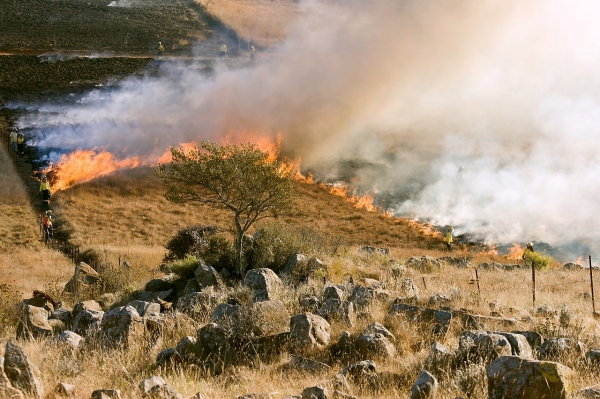Where there’s smoke, there is fire. But with climate change, larger and longer-burning wildfires are sending smoke farther from their source, often to places that are unaccustomed to the exposure. That’s been the case this week, as smoke continues to drift south from massive wildfires in Canada, prompting warnings of hazardous air quality, and poor visibility in states across New England, the mid-Atlantic, and the Midwest.
As wildfire season is just getting going, many may be wondering: Are the air-polluting effects of wildfires a new normal?
MIT News spoke with Professor Colette Heald of the Department of Civil and Environmental Engineering and the Department of Earth, Atmospheric and Planetary Sciences, and Professor Noelle Selin of the Institute for Data, Systems and Society and the Department of Earth, Atmospheric and Planetary Sciences. Heald specializes in atmospheric chemistry and has studied the climate and health effects associated with recent wildfires, while Selin works with atmospheric models to track air pollutants around the world, which she uses to inform policy decisions on mitigating pollution and climate change. The researchers shared some of their insights on the immediate impacts of Canada’s current wildfires and what downwind regions may expect in the coming months, as the wildfire season stretches into summer.
Read more at Massachusetts Institute of Technology
Image by Steve Buissinne from Pixabay


